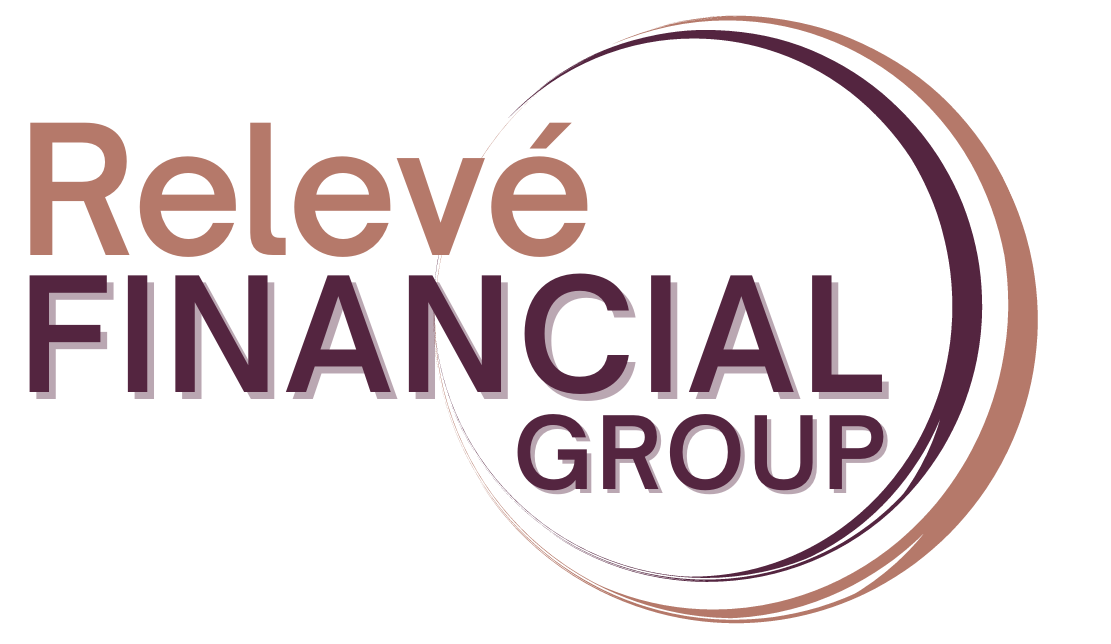All data and commentary as of April 20, 2023.
After Jerome Powell and the Fed embarked on an aggressive monetary tightening campaign last year in an effort to tamp down rampant inflation, markets saw some respite in January as equities showed signs of a comeback. Unfortunately, this optimism was short lived as volatility resumed in the latter half of the quarter amid uncertainty regarding the path of the Fed and cracks forming in the regional banking system.
The US banking system and FDIC insurance limits came to the forefront of debate in early March when the collapse of Silicon Valley Bank (SVB) brought question to the integrity of our regional banking system. The entire sector saw steep declines on this news, including larger and more heavily regulated banks across the US. While this default affected many businesses and employees, it quickly became clear that this was likely not the start of system wide contagion, and these issues arose from balance sheet mismanagement on the part of a select few regional banks.
When banks receive deposits from their customers, they reinvest this cash into fixed interest rate investments like bonds with the goal of receiving returns in excess of the interest rate they are crediting depositors for keeping assets with the bank. In the case of SVB, these deposits were invested in longer-term bonds which plummeted in value over the course of 2022. As customers began to withdraw their funds to reinvest in higher interest rate alternatives like money market funds, SVB was forced to sell these longer-term bonds in order to make those customers whole. However, those bonds may have only been worth 80% of their original purchase price at that point– meaning that the bank would not be able to satisfy every customer’s withdrawal re- quest. This quickly panics customers, leading to more and more people attempting to withdraw their funds, which just perpetuates the problem and makes the situation more dire.
Between the recent issues in the regional banking system and inflation finally showing signs of easing, many investors are beginning to call for the Fed to pause or reverse their trend of regular, aggressive hikes. Raising interest rates is a notoriously clumsy monetary tool that has a “long and variable lag” in its impact on the economy, often taking as long as 12-18 months to show its effects. As a result, we are expecting another year of heightened volatility as markets price in the impact of the nearly 5% in cumulative rate hikes we have seen since the beginning of 2022.
As this relates to your portfolio, we are watching markets closely and preparing to extend the duration of the bond sleeve of portfolios in the coming months. We intentionally shifted to shorter term bonds in early 2022 which was a successful downside mitigation tool, but longer maturity bonds tend to outperform in periods of stable or falling interest rates and we feel the time to resume a benchmark neutral stance is quickly approaching. We have also implemented structured notes across client portfolios when deemed appropriate. We believe it is a fantastic tool to diversify portfolios and provide additional downside protection as we enter another peri- od of heightened uncertainty and volatility.
Rest assured that we are keeping a close eye on market developments and how they relate to your portfolio, and working on an ongoing basis to ensure these assets are well positioned for the current environment. Please don’t hesitate to reach out if you have any questions or concerns, and we look forward to speaking with you soon!

Jake Fromm | Chief Investment Officer, CFS® | It is our mission to help you think differently about your wealth so you can LIVE WELLthy™ today and tomorrow.
